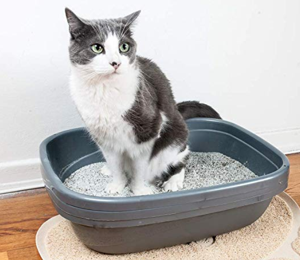 Most kittens arrive at their new homes with an idea of how to use a litter box. They learned this from their mothers and even those who didn’t learn instinctively adopt the skill along the way. However, for the new kittens and new kitten owners, here are a few tips to help your cat use the litter box:
Most kittens arrive at their new homes with an idea of how to use a litter box. They learned this from their mothers and even those who didn’t learn instinctively adopt the skill along the way. However, for the new kittens and new kitten owners, here are a few tips to help your cat use the litter box:
Supplies Needed
To start your training the right way, you will need the following supplies:
-
- Litter Box: It’s always advised to have more litter boxes than the number of cats that will need them. If you are training one cat, then you should purchase two litter boxes. Place these boxes in strategic areas that are easy to access yet offer privacy. If it’s too exposed (like in the living room), your cat may not feel safe enough to use them.
- Kitty Litter: There are a variety of options to choose from when it comes to kitty litters. They range from the cheap non-clumping clay ones to the expensive, eco-friendly options which are made from materials such as recycled newspaper, pine pellets and even wheat. Although most cats aren’t selective of litter to use, some other cats are very particular about what they use. They may object to the texture or smell of litter. It is best to start with standard, unscented clumping litter and once your kitten has been fully trained, you can switch to something else.
- Toys and Treats: When you see your cat using her litter, you should reward her with a treat or her cat food. Toys and praises can also be used to help the cat create a positive association with her litter. However, as time goes by, she will need to be weaned off expecting a treat each time she uses the litter.
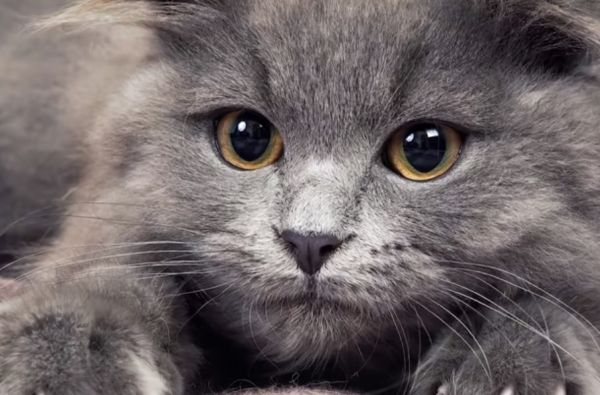
How to Train a Cat to Use a Litter Box
To litter train your cat, follow the steps outlined below:
- Show your cat her boxes as soon as she is in the environment. Set her in them and then allow her to examine and sniff the box. Ensure that where you placed the box will be the permanent residence and you won’t have to move them as this will confuse the cat.
- Once your cat is done feeding, set her in the boxes. Also do this when she wakes up from her nap or if you notice that she needs to relieve herself (the signs usually include sniffing around or crouching in a specific area). Pick her up and then set her in her litter box.
- Always reward your cat whenever you notice her using her box. Give her treats or a toy and also praise her.
- When accidents occur, do not reprimand or scold your cat. If you do so, it will only lead to anxiousness and anxiety for the cat. Cats do not recognize that they are punished for a particular incident so you are only wasting your time.
Cleanup and Maintenance
These litter boxes must be kept clean at all times. Not only does it help to remove any cat smell from your home, but it also makes using the litter box a pleasant experience for your cat. Below are some tips on cleaning and maintaining your cat’s litter box:
- Scoop the box every day to remove the cat’s deposit and after that, dispose of it properly. Ensure the soiled litter box is replaced appropriately. This is usually done when the litter can no longer control the odor oozing from the litter box.
- Clean with a mild, unscented soap. You can also use a solution of vinegar and water. Afterwards, disinfect the box. To clean, use water. Avoid the use of bleach, harsh chemicals, or commercial disinfectants as this could be hazardous to your cat.
- For areas where your cat has had accidents, use an enzyme cleaner. This type of cleaner when used will remove the smell, and if these spots are not cleaned, the cat will be encouraged to go back to those spots again.
How to Train Older Cats to Use a Litter Box
Most older cats that arrive at your home are already old hats when it comes to using litter boxes, and so training may not be needed. However, you may still come across cats that do not know how to use one, especially if they were outdoor cats before arriving at your home. It may prove challenging to train them, but not impossible.
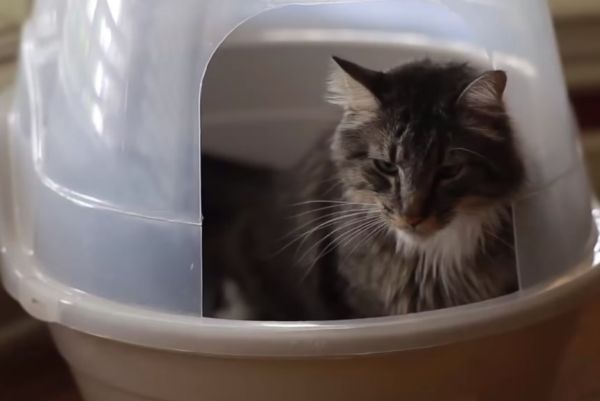
If you are posed with the challenge of training a cat that was once an outdoor cat on the use of litter box, then one of the ways to overcome this challenge is to fill the litter box with outdoor soil to start with. Then, as your cat gets accustomed to using the box, you can gradually replace more of the soil with cat litter. Do this slowly to give the cat the chance to become familiar with her new environment in slow, easy steps.
How to Troubleshoot your Cat
As earlier mentioned, some cats are quite picky about the conditions under which they are willing to relieve themselves. If you own a cat that just isn’t adapting to the use of a litter box, perhaps its time to consider the reasons as this will enable you to find a solution.
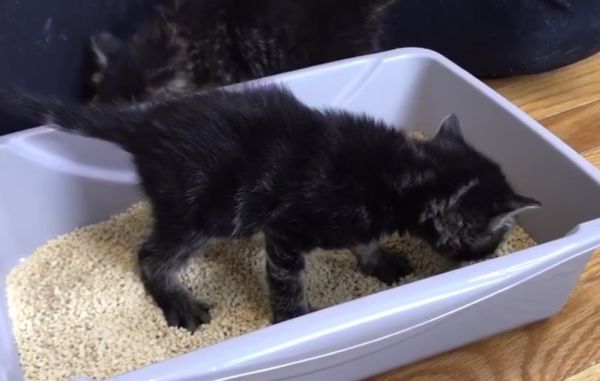
One of the reasons could be that the size of the litter box isn’t to her taste. The shape, smell or the texture of the litter box could be a turn off for her. If the box is covered, she may find this to be confining, or she may feel that an open box makes her feel too exposed and would prefer it covered.
The location of the litter box may also be the problem, maybe she doesn’t like where it is placed, or maybe she prefers that the litter be scooped out more often.
If the cat is old, then there is a tendency that she has joint pains and aches which may make accessing the litter box difficult for her. Take a look at the sides of the box and see if it’s too high for the cat to climb over comfortably or whether she will need to climb staircases or jump over hurdles to get to her litter box.
Cats that are not yet spayed or neutered may spray urine all over the house to mark their territory even after that have been trained to use the litter box. Alongside health benefits, spaying or neutering your cats can avoid this behavior.
Whatever the problem may be, you may not discover until you experiment. Keep testing out different theories until you find out what the problem seems to be or until you find out what makes her comfortable enough to use the litter box.
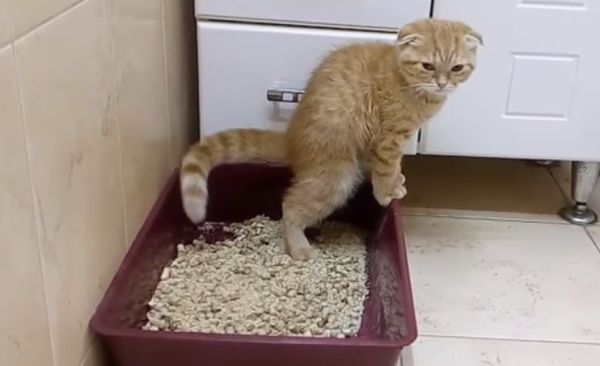
If your cat that is used to using the litter box suddenly stops or is not so consistent with the use of the litter box, then there might be a hidden cause of this.
One of such is stress and anxiety. Have there been any significant changes in your cat’s environment? If none can be found, then talk to your veterinarian! According to ASPCA, when a cat suddenly stops using the litter box, it is mostly as a result of an underlying medical condition, such as urinary tract infection and if this is left untreated it could lead to more serious and complicated problems.
Once you have identified that stress and health problems are not the cause of your cat’s inability to use the litter box, then you may have to confine her to a compact area along with the litter box. This could be a bathroom or a laundry room, keep her there until she learns to use the litter box.
Conclusion
Cats are adorable, more so when they don’t make a mess of things with their deposits. To avoid that from happening, there is a need to know How to Train a Cat to Use a Litter Box. Not only will your environment be kept neat and tidy, but your well-trained cat will also be the envy of your friends and neighbors.
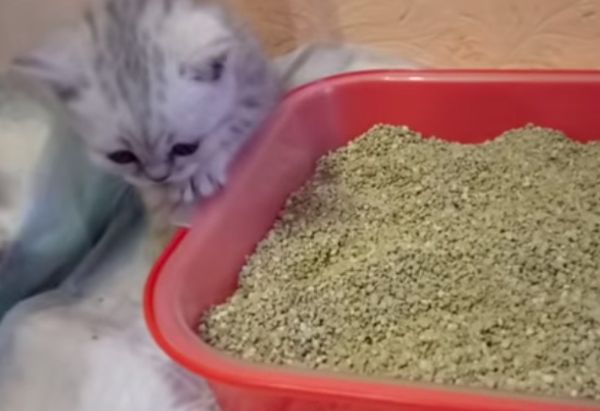

Leave a Reply